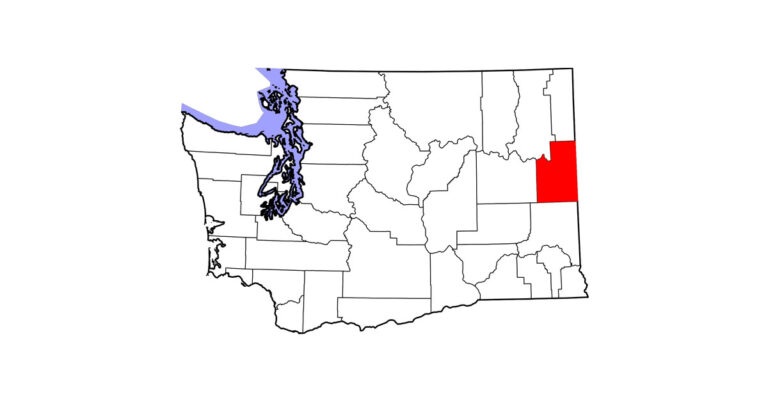 A study from Kentucky Equine Research used a smartphone app to record a horse’s speed, distance, altitude and heart rate. | Courtesy, Kentucky Equine Research
A study from Kentucky Equine Research used a smartphone app to record a horse’s speed, distance, altitude and heart rate. | Courtesy, Kentucky Equine ResearchEvent horses, like all athletes, must be in top condition to perform well. Their training includes conditioning work that adapts muscles, bones, heart and other systems to meet the demands of competition. But some new research raises a question: Do these horses train hard enough?
Last spring, scientists at Kentucky Equine Research carried out a two-part study while field-testing a new fitness-monitoring smartphone app, which the company is marketing as KER ClockIt Sport. The app, adapted from one developed for racehorses, uses Bluetooth technology to collect information from a heart-rate monitor and small transmitter worn by the horse during work. It records the horse’s speed, distance and altitude as well as his heart rate.
Heart rate is a key measure of fitness. The harder the horse’s muscles work, the harder his heart works to deliver oxygen and fuel (fatty acids and glucose) to the muscles, which use oxygen to burn the fuel and release energy. If the muscles’ demands outstrip the heart’s ability to deliver, the horse shifts from aerobic (with oxygen) to anaerobic (without oxygen) energy production. That method, in which muscle enzymes are used to get energy from glycogen stored in muscle tissue, is less efficient. It also produces lactates and other byproducts that cause the horse to tire as they build up. The switchover typically begins at a heart rate of about 150 beats per minute, and above 175 or 180 bpm (near 80 percent of maximum) blood-lactate levels rise sharply.
The KER researchers recorded data on 28 horses competing cross country, Training through Advanced, at spring events in Florida, Georgia and North Carolina. Heart rates reached or topped 175 bpm during at least part of the round at all levels. Intermediate and Advanced horses were above that level for the entire round—and often above 200 bpm. Blood samples taken five minutes after the round from Advanced and CIC*** horses at one event confirmed that blood lactate rose in step with the amount of time spent at the highest heart rates.
Separately, the researchers followed 34 horses during two months of early-season training in Ocala, Florida. The horses were being prepped for competition at five levels (Novice through Advanced). The work included hacking, trot sessions, flatwork (dressage), jump or cross-country schooling, galloping and other exercise—but very little of it pushed heart rates over 175 bpm. Advanced and Intermediate horses galloped more often than the other horses, but even they averaged less than two minutes a week training in that heart-rate zone.
The results show a gap between exercise intensity in training and during competition, at least for the horses studied. Human athletes often train at heart rates between 75 and 90 percent of maximum, but these horses seldom did. Should they do more? The research doesn’t answer that question. Horses aren’t humans, the researchers note, and more needs to be learned about how training intensity affects their performance.
—Elaine Pascoe
This article originally appeared in the October 2015 issue of Practical Horseman.










